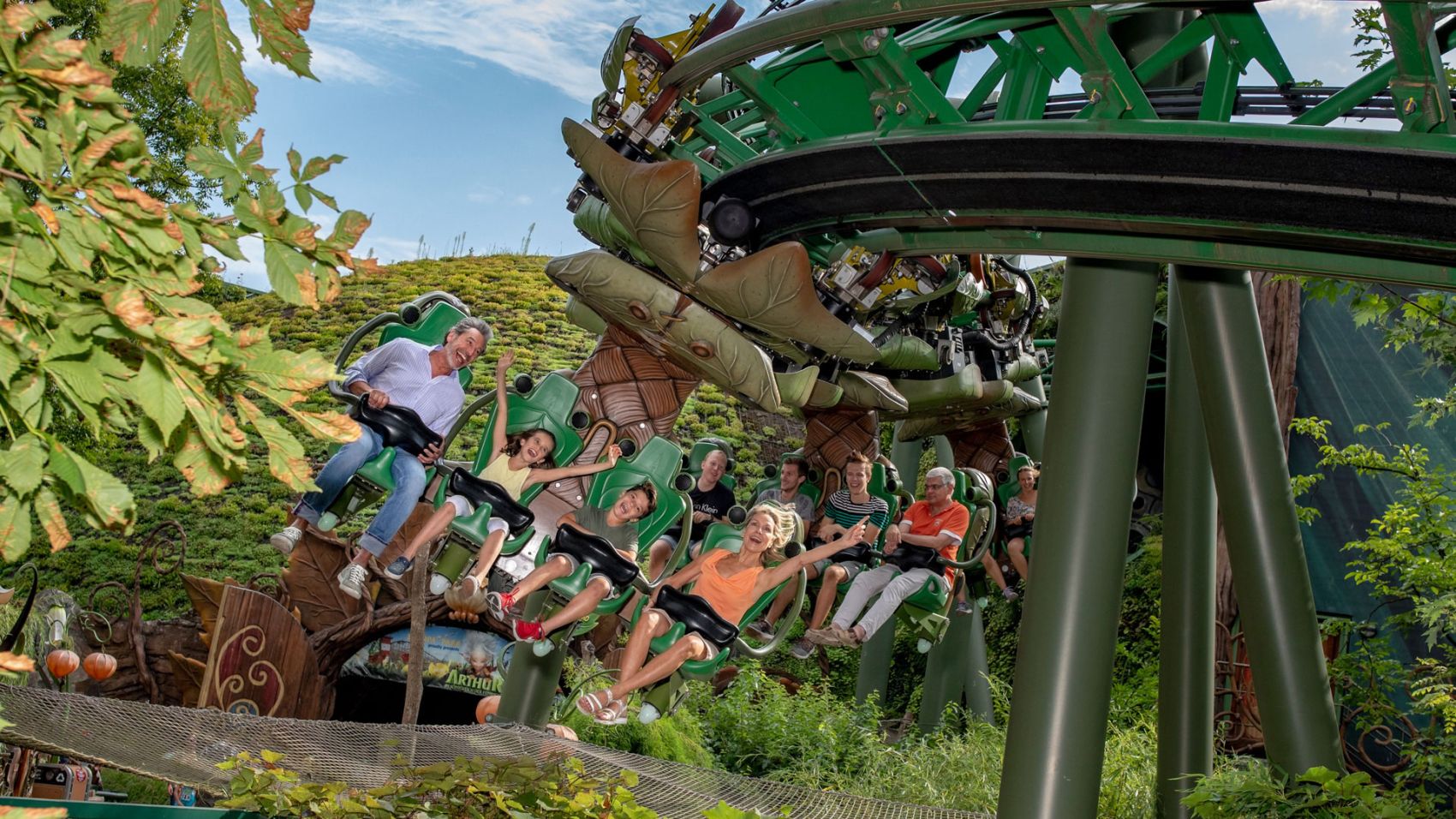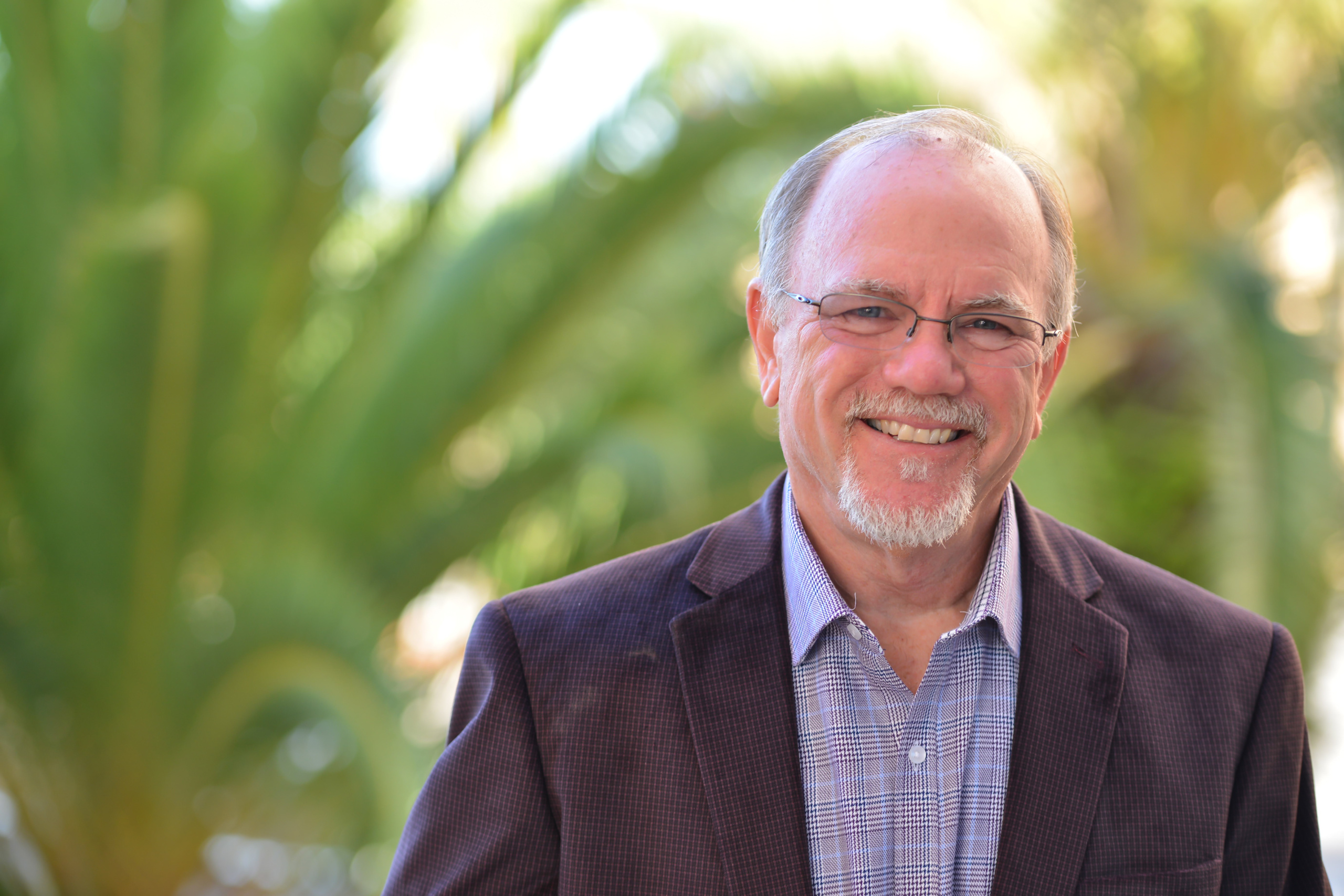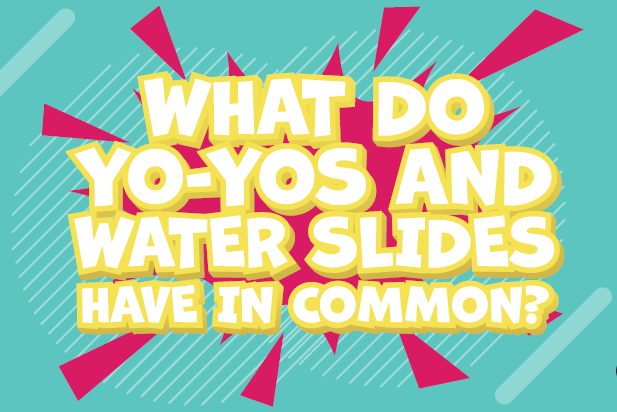Creator Q&A
Frederic Pastuszak
In our next installment of Creator Q&As, we talk to Frederic Pastuszak, theme park creative, art director, and architect extraordinaire. Having spent two decades in the amusements industry, Fred has worked with a who’s who list of parks and developers, including Chimelong Group, Miral, and Europa-Park to name a few.
Wanting to mine that creative brain of his, we asked Fred about what creativity looks like to him and what it’s meant to his career.

WhiteWater: What does creativity mean to you?
Fred: Creativity, to me, means igniting the power of imagination to envision things that, in the themed industry context, go beyond what guests expect. It’s a bit like what Steve Jobs said: “People don’t know what they want until you show them.” Creativity also involves thinking outside the box to bring solutions to the table. It doesn’t have to be linked solely to design and aesthetics; creativity can also be found in engineering and technical disciplines. I have a strong passion for both technique and engineering, and I love to integrate these elements into my projects, not only to offer original designs but also to create unique ride experiences.
There are so many ways to combine ideas these days; the possibilities are endless. It saddens me to see so many copy-paste projects around the world. While I understand that it can be practical to replicate something successful (especially financially), the key for me is uniqueness. I truly believe that this is achievable within every budget. A project can feel somewhat soulless if it isn’t adapted to the local market culturally or lacks a unique and original component.
Take Disneyland Shanghai, for example. They did a magnificent job adapting their park for the Chinese market, considering master planning to accommodate huge crowds and completely reinventing the lineup of their classic rides—“authentically Disney and distinctly Chinese.”
WhiteWater: What inspires you?
Fred: I find inspiration by going out and observing the world. Culture, nature, and art—all forms of art—play a significant role. For example, music can evoke images in my mind of places and feelings I want to share with others.
Movies also inspire me; certain scenes can spark ideas for a ride, especially when adapting an existing intellectual property into a theme park attraction. However, my best inspiration often comes from constraints. This may sound odd, but I thrive on challenges and enjoy using creativity to find solutions.
Recently, I created a layout for a roller coaster with many constraints: topography, centennial trees that couldn’t be removed, and limited space for a lengthy ride. I worked around these challenges and ended up creating a world’s first ride. It’s quite simple when you think about it and cost almost nothing, but it had never been done before. Perhaps it wasn’t necessary before, but guests notice it and want to ride it again.
WhiteWater: What do you do to instill a creative culture?
Fred: Inspiring people is a must. You have to recognize that good ideas can come from others—and that sometimes your own ideas aren’t the best. When a new project begins, the client provides a brief, and I have an initial idea that will slowly evolve and develop. I love sharing the same client brief with my team and seeing the ideas they come up with. They may think differently than I do and even present completely opposite concepts. If, after evaluation, their concept works and is better than my initial thoughts, I’m more than happy to pursue their idea.
I find great joy in mentoring and fostering young talent, watching them thrive. It’s important to recognize people and their ideas, giving them ownership of parts of the project. Trust them, and encourage discovery and curiosity, and they will produce their best work.
WhiteWater: What kills creativity?
Fred: The fear of failure can kill creativity; people may avoid taking risks, leading to standard projects. Budget constraints might seem like an easy answer, but I don’t view low budgets as a killer of creativity. As I mentioned earlier, uniqueness can be achieved at any budget level, and low budgets can inspire creative thinking. In fact, I often think that an “unlimited budget” doesn’t necessarily foster creativity. Yes, it can lead to something big and beautiful, but when clients have money, they need to ask whether they are making the best use of it for maximum impact.

WhiteWater: What do you wish you’d created?
Fred: There are many things I wish I had created, but I’ll avoid the obvious examples. One project I think about is the adventure trail at Shanghai Disneyland. It’s a ropes course—one of my favorite types—completely reimagined to address challenges of capacity, safety, and accessibility while fitting into typical theme park operations. It offers many different routes, each obstacle comes in three difficulty levels, guests can switch lines easily, and there’s even an accessible path.
WhiteWater: What did you create that you are most proud of?
Fred: I am particularly proud of the Arthur Ride at Europa-Park. It was an incredible creative exercise at every level (design, technical, construction) with tremendous trust from the park owner—the Mack family, especially Michael Mack—who entrusted a 29-year-old me with such a project from concept to completion. I’ll never be thankful enough for that opportunity.

There were so many constraints and so many ideas to juggle. I loved solving that puzzle, incorporating the famous IP of Luc Besson’s Arthur and the Invisibles while coming up with a unique ride system: a suspended story coaster that offers both dark ride moments and dynamic coaster experiences. Ten years later, I still love visiting and seeing guests enjoy it. Knowing that we’ve created lasting memories for families is what makes it all worthwhile. It’s also fulfilling to see that ride system being used by major industry players to bring even bigger stories to life—one example being the Jurassic Park ride at Universal in Beijing, which is by far the most popular ride in that park. It was incredibly rewarding to see it in action during my last visit.
But my greatest pride are my mentees. One of them started as my intern and has since advanced in the theme park design career. Another was a young theme park enthusiast whom I guided in choosing the right study path; he has become a talented park master planner. I truly enjoy seeing what they create and the ideas they bring to the table. It gives me peace of mind to see this new generation ready to take over.




